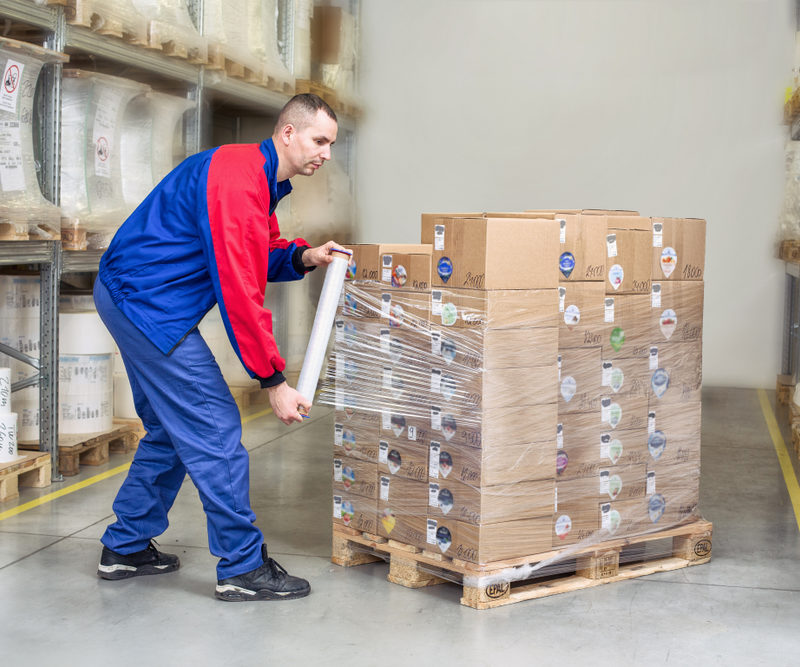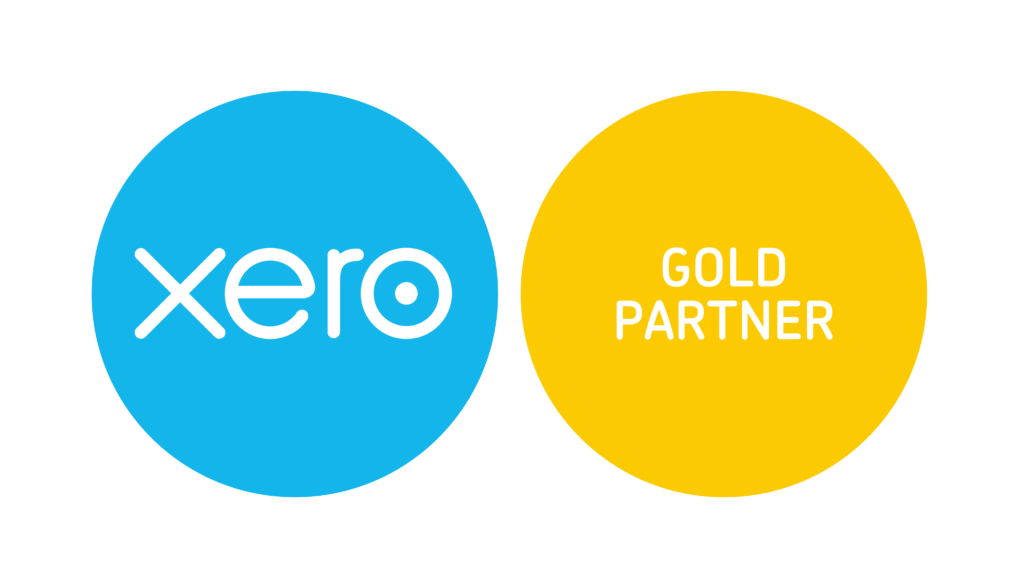JobKeeper Payment Scheme – Information For Employers

Key Points:
- Register your interest for JobKeeper updates here.
- Work with us to understand your eligibility.
- Enroll for STP is you haven’t already.
- As your employees to complete a JobKeeper Employee Nomination Notice
On 8 April 2020, the Federal Government passed a package of Bills through both Houses of Parliament (which received Royal Assent on 9 April 2020) to give effect to the JobKeeper Scheme.
What is the JobKeeper Payment?
The JobKeeper Payment is a wage subsidy that will be paid through the tax system and administered by the ATO) to eligible businesses impacted by the Coronavirus.
Under the scheme, eligible businesses will receive a payment of $1,500 per fortnight per eligible employee and/or for one eligible business participant (i.e., an eligible sole trader, partner, company director or shareholder or trust beneficiary).
The subsidy will be paid for a maximum period of six months, from 30 March 2020 up until 27 September 2020.
It will be paid to eligible businesses monthly in arrears, with the first payments to employers commencing from the first week of May 2020.
The JobKeeper Payment will ensure that eligible employees and eligible business participants, receive a gross payment, before tax, of at least $1,500 per fortnight for the duration of the scheme.
When is an employer eligible for JobKeeper?
You, as an employer, will only be eligible to receive a JobKeeper Payment in respect of an ‘eligible employee’ (refer below) if, at the time of applying:
- your business has an aggregated annual turnover of $1 billion or less, and you estimate that your projected GST turnover has fallen (or is likely to fall) by 30% or more; or
- your business has an aggregated annual turnover of more than $1 billion, and you estimate that the projected GST turnover has fallen (or is likely to fall) by 50% or more; and
- your business is not specifically excluded from the scheme (e.g. an employer that subject to the Major Bank Levy, is in liquidation, etc.).
Where your business is a charity registered with the Australian Charities and Not-for-profit Commission (‘ACNC’), you will be eligible for the JobKeeper Scheme if you estimate that your turnover has fallen, or is likely to fall, by 15% or more relative to a comparable period. However, universities and non-government schools registered as charities, remain subject to the 30% or 50% decline in turnover tests, as outlined above.
Employers Must Register for the Scheme
As an employer, you can only be entitled to a JobKeeper Payment where you register for the JobKeeper Scheme before the end of any relevant JobKeeper Payment fortnight.
Notably, an exception applies for the first JobKeeper fortnight (which ended on 12 April 2020) whereby your are required to be registered by 26 April 2020 (rather than 12 April 2020). Therefore, you have until the end of the second JobKeeper fortnight to register for the first JobKeeper fortnight.
For example, in order to be eligible for a JobKeeper Payment in respect to the fortnight commencing 30 March 2020, you have until 26 April 2020 to register. Whereas for the JobKeeper fortnight commencing 11 May 2020, you must register by 24 May 2020 (if you hadn’t registered for the prior period.
Establishing whether the projected GST turnover of a business has fallen or is likely to fall
In determining whether the turnover of your business has fallen (or is likely to fall) by at least 30% or 50%, the business would generally need to show a decline in its projected GST turnover in the current period (either a month or quarter) relative to its position in the same period of 2019.
The ATO’s discretion for JobKeeper eligibility
Where your business was not in operation a year earlier, or where the turnover a year earlier was not representative of your usual or average turnover (because of scenarios like a large interim acquisition, a newly established business, or your turnover is typically highly variable), the ATO Commissioner will have discretion to consider additional information that you can provide to establish if it has been significantly affected by the impact of the Coronavirus.
The Commissioner also has the discretion to set out alternative tests that would establish your eligibility in specific circumstances. There will also be some tolerance where you have, in good faith, estimated at least a 30% or 50% fall in turnover, but experience a slightly smaller fall.
Identifying who is an ‘Eligible Employee’
If you choose to participate in the JobKeeper Scheme, you can only claim a JobKeeper Payment in respect to employees who are ‘eligible’ and, you are required to include all eligible employees – unless the employee advises you that they do not wish for you to claim the JobKeeper Payment on their behalf.
An ‘eligible employee’ is an employee who:
- Is currently employed by the business (which includes an employee who has been stood down or re-hired after they had already lost their job).
- Was employed by the business as at 1 March 2020.
- Is a full-time or part-time employee, or a long-term casual employee (one who has been employed by the employer on a regular and systematic basis for longer than 12 months as at 1 March 2020).
- Is 16 years of age on 1 March 2020.
- On 1 March 2020 was either:
- a resident of Australia for social security purposes (e.g., an Australia citizen, a holder of a permanent visa or a holder of a protected special category visa); or
- a resident of Australia for tax purposes and was a holder of a Subclass 444 (Special Category) visa.
- Has not given any other employer a JobKeeper Nomination Notice
- If the employee is a long-term casual employee – they are not a permanent employee of any other employer.
- Is not in receipt of a government-funded parental leave pay or dad and partner pay and nor are they fully supported by a workers’ compensation scheme.
To claim the JobKeeper Payment, the ATO requires an employer to complete a JobKeeper Employee Nomination Notice, to notify eligible employees that the employer intends to participate in the scheme. The form asks the employees to agree to be nominated and receive payments.
If an eligible employee has multiple employers who each send them a nomination form, they can only accept a nomination from one employer.
Frequently Asked Questions
Question 1: Do businesses have to meet the decline in turnover test on an ongoing basis?
The answer is No. You need only satisfy the decline in turnover test once in order to be entitled to a JobKeeper Payment. Once it is satisfied, there is no requirement to retest in later JobKeeper Payment fortnights. If your business can demonstrate that its turnover has been adversely impacted by at least 30% or 50% then it will continue to meet this requirement, even if its turnover recovers in later fortnights.
Question 2: What if a business’s turnover has not decreased by 30% today but predicts to it will in coming month?
The business can apply for the JobKeeper Scheme where it is reasonably expected that the GST turnover will fall by 30% or more, relative to its GST turnover in the corresponding period a year earlier.
Additionally, if you do not meet the decline in turnover test at 30 March 2020, you can apply to receive the JobKeeper Payment later, once the decline in turnover test has been met.
Please note, in this case the JobKeeper Payment will not be backdated to the commencement of the scheme, although businesses can receive JobKeeper Payments up to 27 September 2020.
Question 3: Are employers required to continue to pay employees to qualify for the JobKeeper Payment?
The answer is Yes. You are required to satisfy the ‘wage condition’ for each employee for the relevant JobKeeper fortnight, in order to qualify for the JobKeeper Payment. As a reminder, the first JobKeeper fortnight commenced on Monday 30 March 2020 and ended on Sunday 12 April 2020 (noting, the first JobKeeper fortnight has already ended).
It is important to note, a payment under the JobKeeper scheme is a reimbursement to the employer of wages already paid to an eligible employee. The wage condition requires the employer to pay each eligible employee at least $1,500 for each JobKeeper fortnight, which can be represented by salary, wages, PAYG withholding, salary-sacrificed superannuation contributions and other amounts applied or dealt with on behalf of the employee (for example, an add-back of any salary sacrificed in return for fringe benefits).
If employers have insufficient cashflow to make such wages payments to staff, Treasury has encouraged such businesses to speak to their banks about using the upcoming JobKeeper Payment as ‘collateral’ to seek short-term finance to pay their employees.
ATO concession for the first two JobKeeper fortnights
In the event that you do not meet the ‘wage condition’ (meaning you haven’t paid your eligible employees a minimum amount of $1,500 in the fortnight), then you haven’t met all the requirements to be entitled to the JobKeeper Payment.
However, the Commissioner can treat payments that have been made in a slightly different payroll cycle, as having happened in a different fortnight, if the Commissioner believes that it is reasonable to do so. In this regard, the ATO has advised that for the first two fortnights (the fortnights ending 12 April 2020 and 26 April 2020), it will accept the minimum $1,500 as being paid in each fortnight, even if it has been paid late, provided it is paid by the end of April. As such, the ATO has effectively granted an extension of time to pay the required $1,500 per fortnight to your eligible employees.
Question 4: If employees have been stood down after 1 March 2020 does an employer need to pay them?
The answer is Yes. As discussed above, as a business owner, you will need to make payments to eligible employees, including employees who have been stood down. This means you must pay the stood down employee a minimum of $1,500 per fortnight (before tax) in the relevant fortnight.
Where you pay your staff monthly, the monthly payment must be equivalent to the required fortnightly payments. For subsequent payment periods, you will need to continue to pay your employees who have been stood down a minimum of $1,500 (before tax) before the end of each relevant JobKeeper fortnight.
Question 5: Can employers select which of their eligible employees are covered by the JobKeeper Scheme?
The answer is No. Once you, as an employer, decide to participate in the JobKeeper Scheme, you must ensure that all of your eligible employees (who have agreed to be nominated for the scheme) participate in the scheme. This applies to all eligible employees (irrespective of whether they are still working for the employer or they have been stood down).
As the scheme is operated on an ‘one in, all in’ basis, you cannot ‘pick and choose’ which eligible employees are nominated to participate in the scheme.
Question 6: Are the JobKeeper Payments from the ATO assessable income to the business?
The answer is Yes. In the absence of any specific exemptions, the JobKeeper Payments received from the ATO by the business would be assessable income under either S.6-5 of the ITAA 1997 (as ordinary income) or S.15-10 of the ITAA 1997 (as a subsidy received by a business). However, salary or wage payments made by the business to your employees are allowable deductions.
Question 7: Are employers required to deduct PAYG withholding from the amounts paid to employees?
The answer is Yes. The business is required to make payments of at least $1,500 to each eligible employee every JobKeeper fortnight.
As these payments take the form of salary or wages, they would constitute assessable income to the employees, which means that as an employer, you are required to deduct the appropriate amount of PAYG withholding. Therefore, on the basis that each eligible employee will receive at least $1,500 per fortnight, then at least $192 of PAYG withholding will need to be deducted (based on a fortnightly payment cycle) where the employee is claiming the tax-free threshold (assuming no salary packaging arrangement is in place).
Question 8: Are employers subject to Superannuation Guarantee (‘SG’) in relation to any extra JobKeeper Payments?
The answer is No. The Government’s intention is that employers will only be required to make SG contributions for amounts payable to an employee in respect of their actual employment, which would not include any extra payments made by you as the employer, to satisfy the $1,500 JobKeeper Payment ‘wage condition’. At the time of writing, the law is yet to be amended to reflect this.
For example, if an employee ordinarily earns $1,000 a fortnight and is ‘topped-up’ by $500 to $1,500 a fortnight, the employer will be required to pay SG in relation to the ‘usual’ $1,000 but may lawfully decide not to pay SG on the additional $500 payment, which is solely attributable to the JobKeeper Payment. In other words, in relation to the extra top-up amounts paid to the employee, it is up to the employer if they want to pay superannuation on these additional wages paid by the JobKeeper Payment.
If you have any questions or need advice and clarity specific to your situation, feel free to contact Semmens & Co on 03 8320 0320 for a free consultation.







